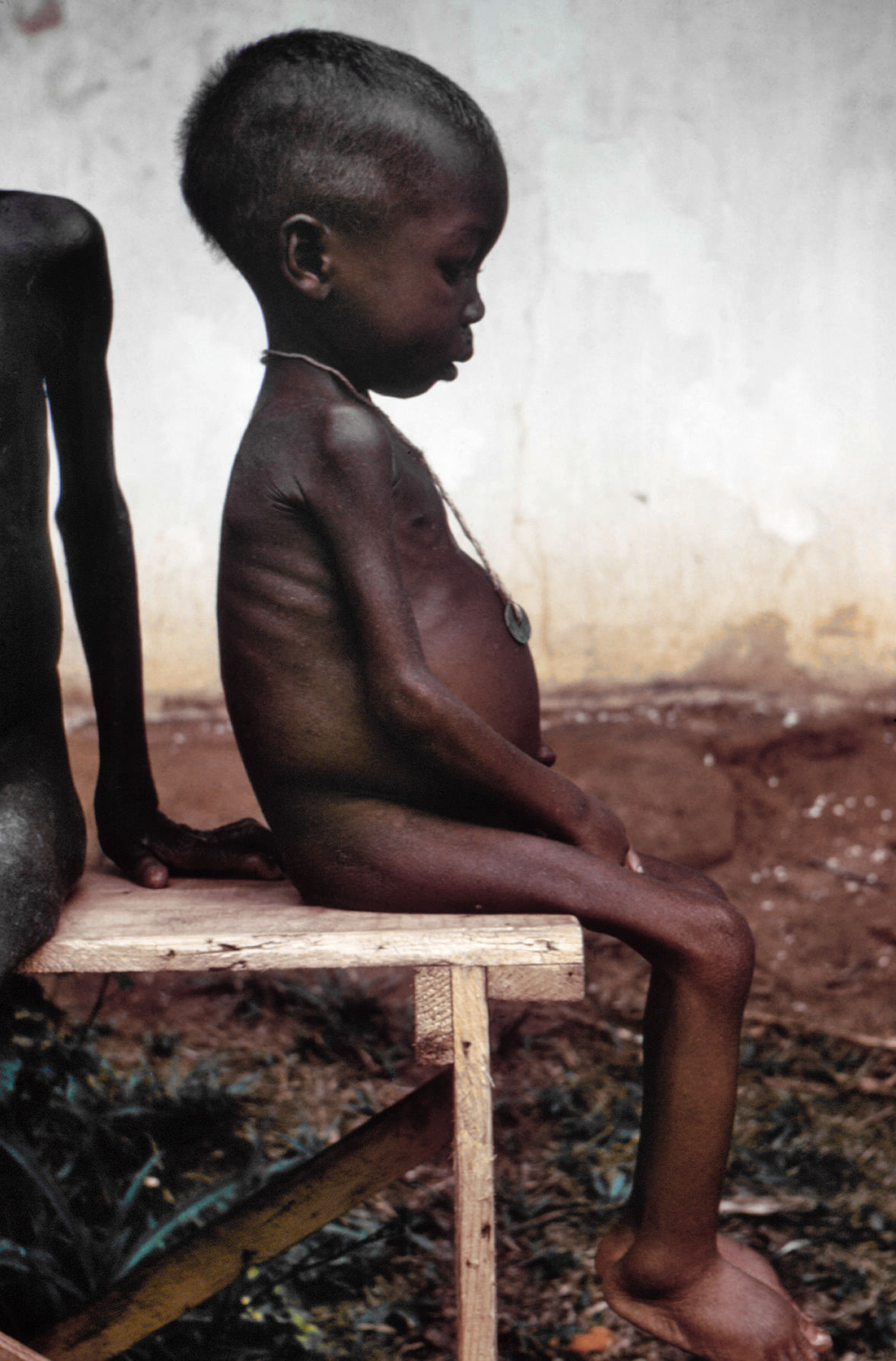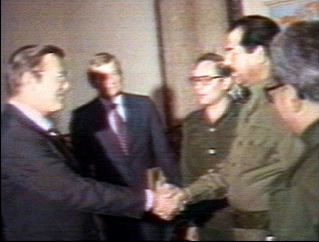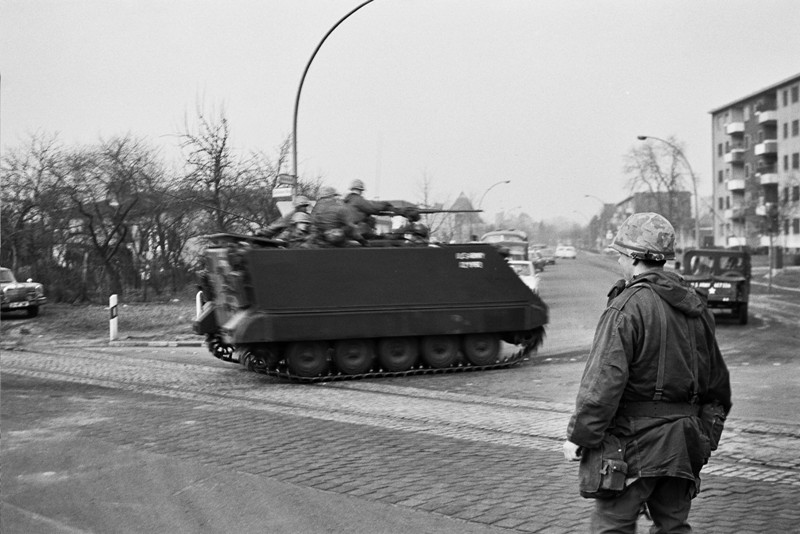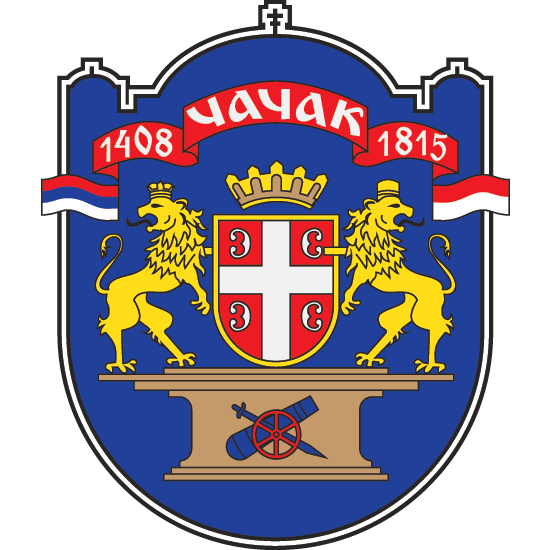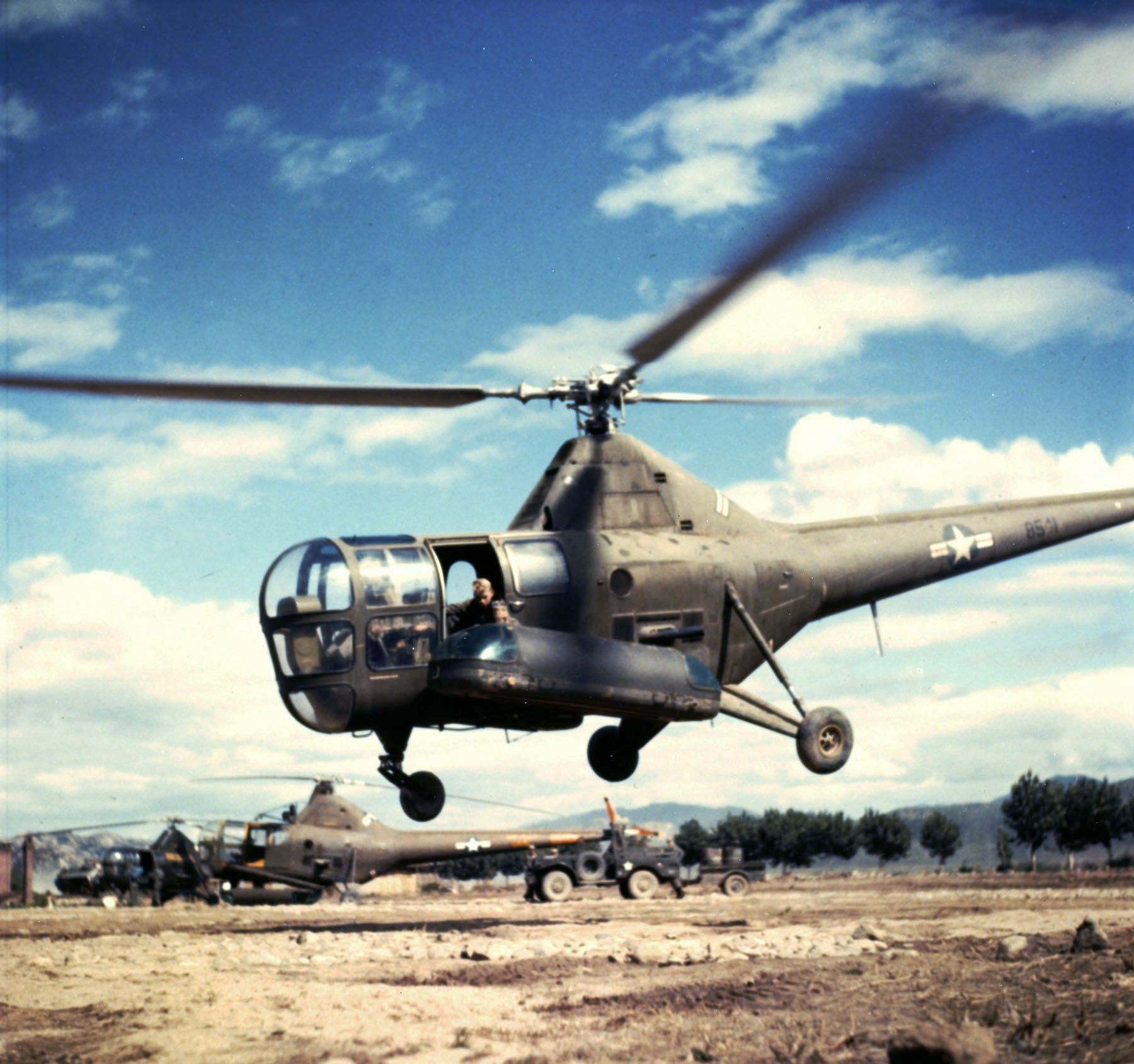|
Airlift
An airlift is the organized delivery of Materiel, supplies or personnel primarily via military transport aircraft. Airlifting consists of two distinct types: strategic and tactical. Typically, strategic airlifting involves moving material long distances (such as across or off the continent or theater), whereas a tactical airlift focuses on deploying resources and material into a specific location with high precision. Depending on the situation, airlifted supplies can be delivered by a variety of means. When the destination and surrounding airspace is considered secure, the aircraft will land at an appropriate airport or airbase to have its cargo unloaded on the ground. When landing the craft or distributing the supplies to a certain area from a landing zone by surface transportation is not an option, the cargo aircraft can drop them in mid-flight using parachutes attached to the supply containers in question. When there is a broad area available where the intended receiver ... [...More Info...] [...Related Items...] OR: [Wikipedia] [Google] [Baidu] |
Berlin Airlift
The Berlin Blockade (24 June 1948 – 12 May 1949) was one of the first major international crises of the Cold War. During the multinational occupation of post–World War II Germany, the Soviet Union blocked the Western Allies' railway, road, and canal access to the sectors of Berlin under Western control. The Soviets offered to drop the blockade if the Western Allies withdrew the newly introduced Deutsche Mark from West Berlin. The Western Allies organised the Berlin Airlift (German: ''Berliner Luftbrücke'', lit. "Berlin Air Bridge") from 26 June 1948 to 30 September 1949 to carry supplies to the people of West Berlin, a difficult feat given the size of the city and the population. American and British air forces flew over Berlin more than 250,000 times, dropping necessities such as fuel and food, with the original plan being to lift 3,475 tons of supplies daily. By the spring of 1949, that number was often met twofold, with the peak daily delivery totalling 12,941 ton ... [...More Info...] [...Related Items...] OR: [Wikipedia] [Google] [Baidu] |
Biafran Airlift
The Biafran Airlift was an international humanitarian relief effort that transported food and medicine to Biafra during the Nigerian Civil War. Relief flights lasted from 1967 to 1969. This was the largest civilian airlift and, after the Berlin airlift of 1948–49, the largest non-combatant airlift of any kind ever carried out. The airlift was largely a series of joint efforts by Protestant and Catholic church groups, and other non-governmental organizations (NGOs), operating civilian and military aircraft with volunteer (mostly) civilian crews and support personnel. Several national governments also supported the effort, mostly behind the scenes. This sustained joint effort, which lasted one and a half times as long as its Berlin predecessor, is estimated to have saved more than a million lives. [...More Info...] [...Related Items...] OR: [Wikipedia] [Google] [Baidu] |
1990 Airlift Of Indians From Kuwait
The 1990 airlift of Indians from Kuwait was carried out from August 13, 1990, to October 20, 1990, after the Iraqi invasion of Kuwait. Air India helped evacuate 170,000 people by civil airline. The operation was carried out before the Persian Gulf War in 1990 to evacuate Indian migrant workers from Kuwait. Foreign Minister I.K. Gujral was instrumental in getting Iraq to co-operate on these efforts. Following this operation, Air India, the flag carrier of India, entered the Guinness Book of World Records for the most people evacuated by a civil airliner. Mathunny Mathews, Harbajan Singh Vedi, Abey Varicad, N.V.K. Warrier, Ali Hussain and few others based in Kuwait helped immensely in the evacuation efforts of fellow Indians. Background The invasion of Kuwait started on August 2, 1990, and within two days of combat, most of the Kuwaiti Armed Forces were either overrun by the Iraqi Republican Guard or fell back to Saudi Arabia and Bahrain. The Emirate of Kuwait was annexed, ... [...More Info...] [...Related Items...] OR: [Wikipedia] [Google] [Baidu] |
Gulf War
, combatant2 = , commander1 = , commander2 = , strength1 = Over 950,000 soldiers3,113 tanks1,800 aircraft2,200 artillery systems , page = https://www.govinfo.gov/content/pkg/GAOREPORTS-PEMD-96-10/pdf/GAOREPORTS-PEMD-96-10.pdf , strength2 = 1,000,000+ soldiers (~600,000 in Kuwait)5,500 tanks700+ aircraft3,000 artillery systems , casualties1 = Total:13,488 Coalition:292 killed (147 killed by enemy action, 145 non-hostile deaths)776 wounded (467 wounded in action)31 tanks destroyed/disabled28 Bradley IFVs destroyed/damaged1 M113 APC destroyed2 British Warrior APCs destroyed1 artillery piece destroyed75 aircraft destroyedKuwait:420 killed 12,000 captured ≈200 tanks destroyed/captured 850+ other armored vehicles destroyed/captured 57 aircraft lost 8 aircraft captured (Mirage F1s) 17 ships sunk, 6 captured. Acig.org. Retrieved on 12 June 2011 , casualties2 = Total:175,000–300,000+ Iraqi:20,000–50,000 killed ... [...More Info...] [...Related Items...] OR: [Wikipedia] [Google] [Baidu] |
West Berlin
West Berlin ( or , ) was a political enclave which comprised the western part of Berlin from 1948 until 1990, during the Cold War. Although West Berlin lacked any sovereignty and was under military occupation until German reunification in 1990, the territory was claimed by the West Germany, Federal Republic of Germany (FRG or West Germany), despite being entirely surrounded by the East Germany, German Democratic Republic (GDR or East Germany). The legality of this claim was contested by the Soviet Union and other Eastern Bloc countries. However, West Berlin de facto aligned itself politically with the FRG from May 1949 and was thereafter treated as a ''de facto'' city-state of that country. After 1949, it was directly or indirectly represented in the institutions of the FRG, and most of its residents were citizens of the FRG. West Berlin was formally controlled by the Western Allies and entirely surrounded by East Berlin and East Germany. West Berlin had great symbolic signi ... [...More Info...] [...Related Items...] OR: [Wikipedia] [Google] [Baidu] |
Nigerian Civil War
The Nigerian Civil War (6 July 1967 – 15 January 1970), also known as the Biafran War, Nigeria-Biafra War, or Biafra War, was fought between Nigeria and the Republic of Biafra, a Secession, secessionist state which had declared its independence from Nigeria in 1967. Nigeria was led by General Yakubu Gowon, and Biafra by Lieutenant Colonel C. Odumegwu Ojukwu, Chukwuemeka "Emeka" Odumegwu Ojukwu. The conflict resulted from political, ethnic, cultural and religious tensions which preceded the United Kingdom's formal decolonisation Colonial Nigeria, of Nigeria from 1960 to 1963. Immediate causes of the war in 1966 included 1966 Nigerian coup d'état, a military coup, 1966 Nigerian counter-coup, a counter-coup, and 1966 anti-Igbo pogrom, anti-Igbo pogroms in the Northern Region, Nigeria, Northern Region. The pogroms and the exodus of surviving Igbo people, Igbos from the Northern Region to the Igbo homelands in the Eastern Region, Nigeria, Eastern Region led the leadership of the Ea ... [...More Info...] [...Related Items...] OR: [Wikipedia] [Google] [Baidu] |
Royal Air Force
The Royal Air Force (RAF) is the Air force, air and space force of the United Kingdom, British Overseas Territories and Crown Dependencies. It was formed towards the end of the World War I, First World War on 1 April 1918, on the merger of the Royal Flying Corps (RFC) and the Royal Naval Air Service (RNAS). Following the Allies of World War I, Allied victory over the Central Powers in 1918, the RAF emerged as the largest air force in the world at the time. Since its formation, the RAF has played History of the Royal Air Force, a significant role in Military history of the United Kingdom, British military history. In particular, during the Second World War, the RAF established Air supremacy, air superiority over Nazi Germany's Luftwaffe during the Battle of Britain, and led the Allied strategic bombing effort. The RAF's mission is to support the objectives of the British Ministry of Defence (United Kingdom), Ministry of Defence (MOD), which are to "provide the capabilities nee ... [...More Info...] [...Related Items...] OR: [Wikipedia] [Google] [Baidu] |
Douglas C-47 Skytrain
The Douglas C-47 Skytrain or Dakota ( RAF designation) is a military transport aircraft developed from the civilian Douglas DC-3 airliner. It was used extensively by the Allies during World War II. During the war the C-47 was used for troop transport, cargo, paratrooper, for towing gliders and military cargo parachute drops. The C-47 remained in front-line service with various military operators for many years.Parker 2013, pp. 13, 35, 37, 39, 45–47. It was produced in approximately triple the numbers as the larger, much heavier payload Curtiss C-46 Commando, which filled a similar role for the U.S. military. Approximately 100 countries' armed forces have operated the C-47 with over 60 variants of the aircraft produced. As with the civilian DC-3, the C-47 remains in service, over 80 years after the type's introduction. Design and development The C-47 differed from the civilian DC-3 by way of numerous modifications, including being fitted with a cargo door, hoist attac ... [...More Info...] [...Related Items...] OR: [Wikipedia] [Google] [Baidu] |
Military Transport Aircraft
A military transport aircraft, military cargo aircraft or airlifter is a military aircraft, military-owned transport aircraft used to support military operations by airlifting troops and military equipment. Transport aircraft are crucial to maintaining supply lines to forward bases that are difficult to reach by ground transport, ground or maritime transport, waterborne access, and can be used for both strategic and tactical missions. They are also often used for civilian emergency relief missions by transporting humanitarian aid. Air frames Fixed-wing Military transport aeroplanes are defined in terms of their range capability as strategic airlift or tactical airlift to reflect the needs of the land forces which they most often support. These roughly correspond to the commercial flight length distinctions: Eurocontrol defines short-haul routes as shorter than , long-haul routes as longer than and medium-haul between. The military glider is an unpowered tactical air transp ... [...More Info...] [...Related Items...] OR: [Wikipedia] [Google] [Baidu] |
United Kingdom
The United Kingdom of Great Britain and Northern Ireland, commonly known as the United Kingdom (UK) or Britain, is a country in Northwestern Europe, off the coast of European mainland, the continental mainland. It comprises England, Scotland, Wales and Northern Ireland. The UK includes the island of Great Britain, the north-eastern part of the island of Ireland, and most of List of islands of the United Kingdom, the smaller islands within the British Isles, covering . Northern Ireland shares Republic of Ireland–United Kingdom border, a land border with the Republic of Ireland; otherwise, the UK is surrounded by the Atlantic Ocean, the North Sea, the English Channel, the Celtic Sea and the Irish Sea. It maintains sovereignty over the British Overseas Territories, which are located across various oceans and seas globally. The UK had an estimated population of over 68.2 million people in 2023. The capital and largest city of both England and the UK is London. The cities o ... [...More Info...] [...Related Items...] OR: [Wikipedia] [Google] [Baidu] |
Radio Television Of Serbia
The Serbian Broadcasting Corporation, more commonly referred to as Radio Television of Serbia (), or RTS (), is the state-owned public radio and television broadcaster of Serbia. RTS has four organizational units – radio, television, music production, and record label (PGP-RTS). It is financed primarily through monthly subscription fees and advertising revenue. History Radio Belgrade-Rakovica (1924–1929) Radio Belgrade is among the oldest electronic media in Europe and its first broadcast from the radio-telegraph station was in Rakovica, Belgrade, Rakovica on 1 October 1924 as ''Radio Belgrade-Rakovica''. Every Tuesday, Thursday, and Saturday from 6:45 PM to 7:45 PM, concerts were broadcast, along with news, service information, advertisements, water level updates, and stock market reports. The news was prepared by journalists from ''Politika'' and ''Dnevne novosti'', while the music portion of the program was directed by the Belgrade Opera. Engineers Mihailo Simić and Dobr ... [...More Info...] [...Related Items...] OR: [Wikipedia] [Google] [Baidu] |
Medevac
Medical evacuation, often shortened to medevac or medivac, is the timely and efficient movement and en route care provided by medical personnel to patients requiring evacuation or transport using medically equipped air ambulances, helicopters and other means of emergency transport including ground ambulance and maritime transfers. Examples include civilian EMS vehicles, civilian aeromedical helicopter services, and military air ambulances. This term also covers the transfer of patients from the battlefield to a treatment facility or from one treatment facility to another by medical personnel, such as from a local hospital to another medical facility which has adequate medical equipment. In Asia, according to Aeromedical Global (M) Sdn Bhd, medical evacuations via air ambulance can be performed via a single or dual stretched setup. According to patients medical condition, Emergency Air Ambulances will be equipped with relevant equipment (ventilators, Portable O2 Concentrator e ... [...More Info...] [...Related Items...] OR: [Wikipedia] [Google] [Baidu] |

